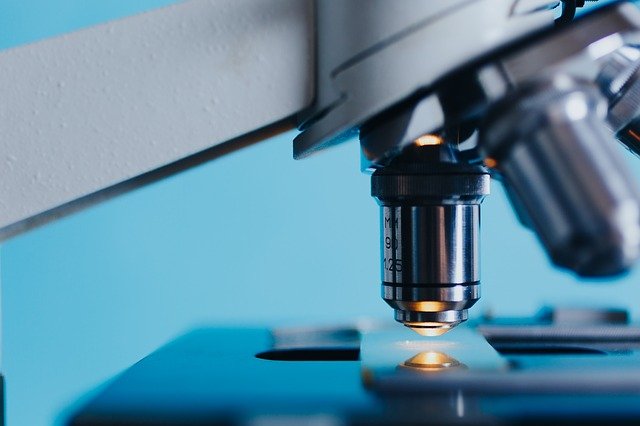A way to make Cavendish banana plants temporarily resistant to Fusarium fungus could lead to new ways to protect them from Panama disease
Bananas are at risk from a fungal disease
Ezequiel Ferreira/EyeEm
Banana plants that produce the world’s most widely eaten variety of the fruit have been made temporarily resistant to a devastating fungal disease that is spreading around the world and destroying plantations. The hope is that the work could lead to ways to make bananas permanently resistant.
“The question is, can we continuously trigger this mechanism?” says Gert Kema at Wageningen University in the Netherlands. “We need to know more about it.”
The main banana exported to Western countries used to be a variety called Gros Michel. But in the 1920s, a strain of Fusarium fungus called tropical race 1 (TR1), which causes Panama disease, began wiping out plantations in banana-producing areas. By the late 1950s, growers had switched to the Cavendish banana, which isn’t as tasty as the Gros Michel, but is highly resistant to TR1.
Advertisement
Now, however, another strain of Fusarium called TR4 that can kill many varieties, including the Cavendish, is spreading to more and more countries. In many places bananas are a staple crop, so this fungus is a threat to food security as well as livelihoods.
Kema and his colleagues wondered if exposure to TR1 would protect Cavendish bananas against TR4. The team uprooted young plants and dunked them in a solution containing assorted types of TR1 fungus. At various time intervals from 30 minutes to 10 days later, they then immersed plants in a solution with spores of TR4 in it.
The team found that prior exposure to a particular strain of TR1 from Brazil provided significant protection against TR4 up to 10 days later.
“Somehow you are switching on a protective mechanism that also protects plants from TR4,” says Kema. “But the protection is only temporary.”
This kind of protective effect has been found in other plant species before, he says. Plants don’t have immune cells that remember pathogens like animals do, so the effect is the result of switching on general protective mechanisms rather than specific ones that result from a vaccine. The team is now trying to work out the precise mechanisms in bananas, with the aim of finding ways to permanently turn them on without exposing plants to a live fungal disease.
Read more: Virus lurking inside banana genome has been destroyed with CRISPR
Even if it can be done, this, or other approaches such as genetic engineering, won’t solve all the industry’s problems, says Kema, not least because TR4 is far from the only disease affecting bananas.
The main issue is the world’s heavy reliance on a single variety of the fruit, he says. Cavendish accounts for more than half of all bananas grown and 95 per cent of exports. Because the Cavendish is sterile like most edible bananas, all Cavendish bananas are genetically identical clones. All this makes plantations especially vulnerable to diseases.
Diversification is crucial, says Kema. The banana industry needs to invest in developing new varieties that are both tasty and disease-resistant, supermarkets need to stock them and consumers need to buy them. “Banana production at this point in time is not sustainable,” says Kema.
Journal reference: PLoS One, DOI: 10.1371/journal.pone.0273335
More on these topics:

